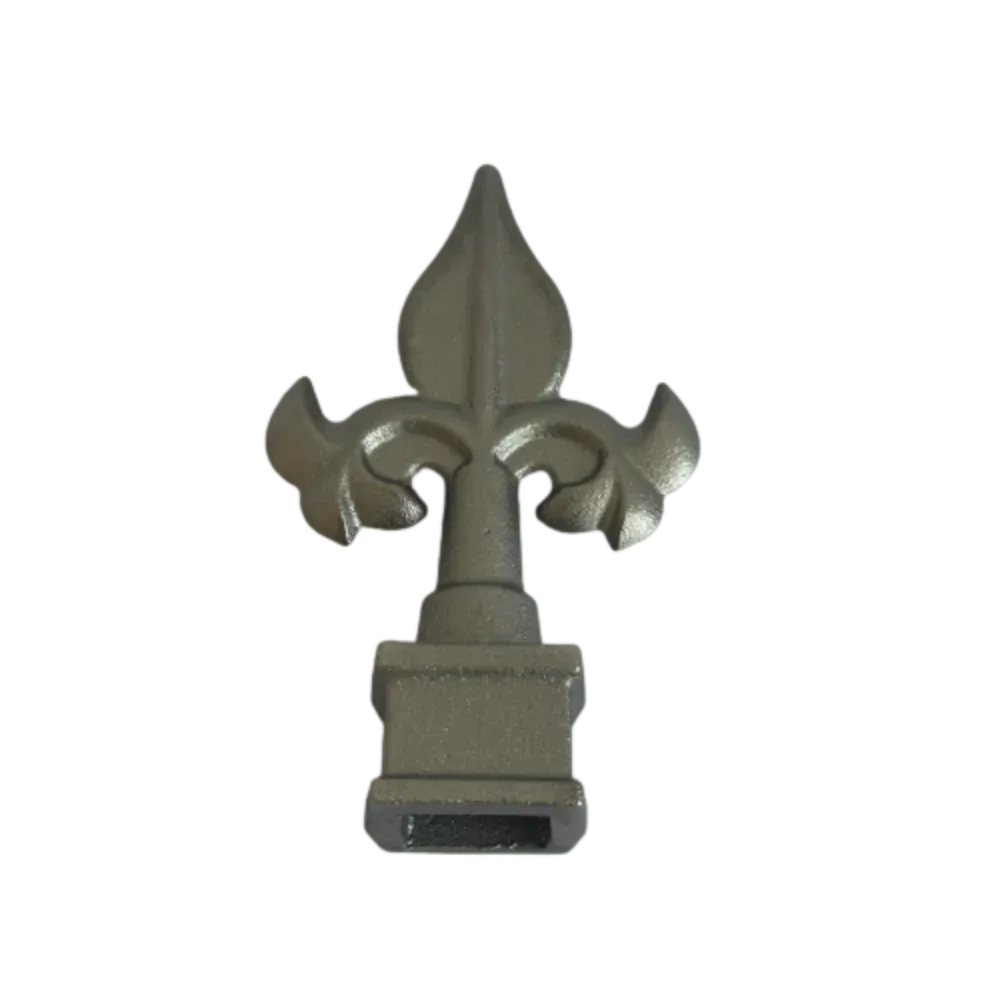Durable and Elegant Cast Iron Fencing for Secure Outdoor Spaces
The Timeless Charm of Cast Iron Fences
Cast iron fences have long been admired for their durability, elegance, and historical significance. These ornate structures can be found in various settings, from residential homes to grand public parks, providing not just security but also an aesthetic appeal that transcends time. The allure of cast iron fences lies in their intricate designs and the craftsmanship that goes into their construction.
Originating in the 18th century, cast iron became popular due to the Industrial Revolution, which allowed for mass production and intricate designs. The process of casting iron involves melting the metal and pouring it into molds, where it solidifies into the desired shape. This technique enables artisans to create detailed patterns, including floral motifs, geometric designs, and even elaborate scenes. Each fence is a unique blend of form and function, often serving as a work of art that enhances the beauty of its surroundings.
One of the primary advantages of cast iron fences is their exceptional strength and longevity. Unlike wood or vinyl, which can warp or deteriorate over time, cast iron can withstand harsh weather conditions and is resistant to decay. This durability makes it an ideal choice for homeowners seeking a long-lasting fencing solution. Additionally, cast iron is relatively low maintenance; periodic cleaning and a fresh coat of paint every few years can keep the fence looking as good as new.
Aesthetically, cast iron fences offer an elegant and classic look that complements various architectural styles. Whether adorning a Victorian-era home or a modern minimalist residence, these fences can be tailored to suit any taste. The intricate designs can be both bold and subtle, allowing homeowners to express their personal style. Furthermore, cast iron fences can be customized in terms of height, width, and design, making them versatile enough to fit different landscapes and needs.
cast iron fence

In many cities, cast iron fences are also associated with historical significance. Many of these fences have been in place for decades, even centuries, and are often found in heritage districts. They tell stories of the past, reflecting the craftsmanship of previous generations. Efforts to preserve these historical structures enrich community identity and contribute to cultural heritage. Walking through neighborhoods adorned with these fences can feel like stepping back in time.
Another benefit of cast iron fences is their ability to provide security without sacrificing visibility. Unlike solid fences that can create barricades, cast iron designs offer an open view while still marking boundaries. This allows homeowners to feel safe while also maintaining a connection to the outside world. The openness encourages a sense of community and promotes interaction with neighbors, enhancing the social fabric of the area.
Lastly, installing a cast iron fence can increase property value. The timeless appeal and durability of these fences make them attractive to potential buyers, especially those who appreciate classic architecture and historical significance. Investing in a cast iron fence is not merely a choice for aesthetics; it is an investment in the future.
In conclusion, cast iron fences embody a perfect blend of strength, elegance, and history. Their striking designs can enhance any property, adding both beauty and value. With their remarkable durability and low maintenance requirements, they remain a popular choice for homeowners and architects alike. As we continue to appreciate the artistry and legacy of cast iron, these fences will undoubtedly remain a cherished feature of our landscapes for generations to come.
-
Wrought Iron Components: Timeless Elegance and Structural StrengthNewsJul.28,2025
-
Window Hardware Essentials: Rollers, Handles, and Locking SolutionsNewsJul.28,2025
-
Small Agricultural Processing Machines: Corn Threshers, Cassava Chippers, Grain Peelers & Chaff CuttersNewsJul.28,2025
-
Sliding Rollers: Smooth, Silent, and Built to LastNewsJul.28,2025
-
Cast Iron Stoves: Timeless Heating with Modern EfficiencyNewsJul.28,2025
-
Cast Iron Pipe and Fitting: Durable, Fire-Resistant Solutions for Plumbing and DrainageNewsJul.28,2025
-
 Wrought Iron Components: Timeless Elegance and Structural StrengthJul-28-2025Wrought Iron Components: Timeless Elegance and Structural Strength
Wrought Iron Components: Timeless Elegance and Structural StrengthJul-28-2025Wrought Iron Components: Timeless Elegance and Structural Strength -
 Window Hardware Essentials: Rollers, Handles, and Locking SolutionsJul-28-2025Window Hardware Essentials: Rollers, Handles, and Locking Solutions
Window Hardware Essentials: Rollers, Handles, and Locking SolutionsJul-28-2025Window Hardware Essentials: Rollers, Handles, and Locking Solutions -
 Small Agricultural Processing Machines: Corn Threshers, Cassava Chippers, Grain Peelers & Chaff CuttersJul-28-2025Small Agricultural Processing Machines: Corn Threshers, Cassava Chippers, Grain Peelers & Chaff Cutters
Small Agricultural Processing Machines: Corn Threshers, Cassava Chippers, Grain Peelers & Chaff CuttersJul-28-2025Small Agricultural Processing Machines: Corn Threshers, Cassava Chippers, Grain Peelers & Chaff Cutters












